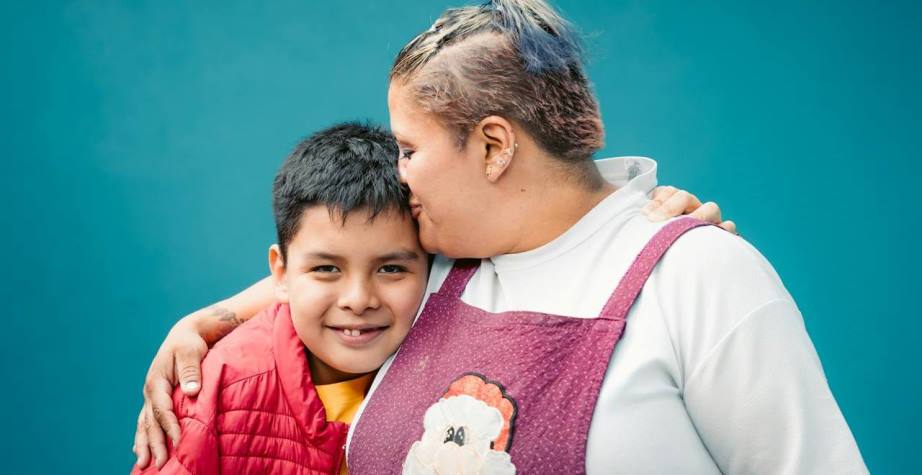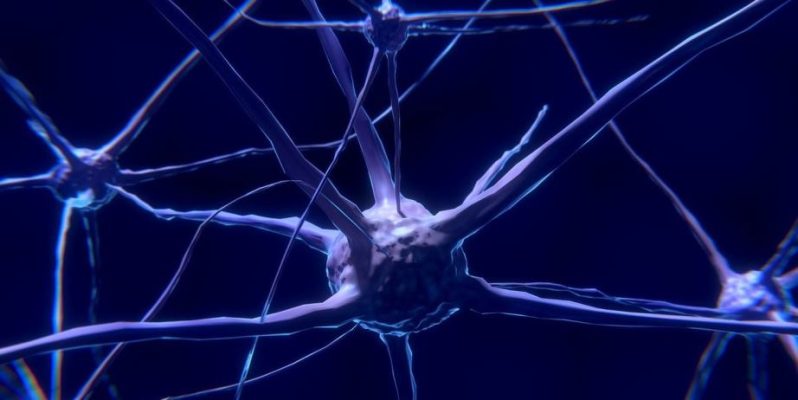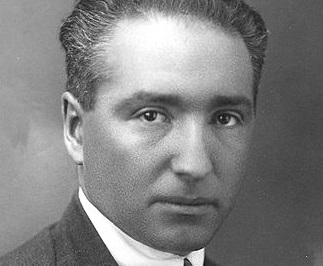
Attachment Theory, pioneered by the psychoanalyst John Bowlby (1907–1990), is a theory about the relationships between humans. An important premise in the theory is that humans have an inborn longing that seeks proximity and care from an attachment figure when in physical and emotional need, which, when found and being given, results in an implanted, deep-rooted sense of security, safety, and acceptance.
In childhood, an attachment figure would be the primary caregiver (commonly a parent or parents), and in adulthood it could be the romantic partner, a family member, or close friend, etc.

In addition, it’s thought that young children need to develop the above mentioned type of relationship with at least one primary caregiver to have a normal social and emotional development, and as such a secure, reliable, and safe attachment bond and behavior. This is deemed important because it enables the child to safely and securely explore its surroundings and social relationships in the knowledge and feeling that it has a safe “backing.”
In a somatic context, the primary caregiver (or later a partner or close friend, etc.) would typically engage in embodied soothing and comforting actions when the child is in need. Think of rocking, swaddling, holding, touching, caressing, and other types of appropriate bodily contact.
Insecure attachment results from early experiences with negative, absent, or inconsistent physical and/or emotional interpersonal interactions. This can, for instance, occur because of active abuse, neglect, or lack of physical comfort. This again can result in emotional trauma in the child, such as dissociative response patterns (freeze), escapist behavior (flight), or aggression (fight), which may create corresponding tension and rigidness or other psychosomatic patterns developing in the child’s body, manifesting the so-called Emotional Body Armor.

When disruptive childhood experiences have deep emotional impact or occur structurally, the psychological reactions as just mentioned (fight, flight, or freeze) become ingrained and implanted in the child and — according to the psychoanalyst Wilhelm Reich — create a Character Armor with its accompanying Body Armor (Emotional Armor or Muscular Armor). Typically, the “traumatic content” will be repressed, pushing it to the unconscious level.
Mind that the above can also happen later in adult life in engagement with friends, family, romantic or sexual relationships, and not necessarily only in childhood. At any rate, experiencing insecure and unsafe attachments in one’s childhood can have a huge impact on how one later deals and engages in social and romantic relationships. In fact, adults who were insecurely attached in childhood usually have low self-esteem, weak or problematic romantic relationships, feel lonely and sad with life, and don’t have much ability to self-disclose and open-up to others.
In some forms of somatic therapies, the in childhood “missing experiences” are supplied to the patient (client) in order to un-traumatize the individual and recreate feelings of secure and safe attachment. For example, the missing experiences supplied may include physical bodily contact such as touching, holding or caressing, really being open and listening, giving empathy and acceptance, encouragement, among others.
Somatic therapies that work with “missing experiences” will often also include Talk Therapy (Psychotherapy), trauma simulations, mindfulness training, and body awareness exercises in their sessions, and possibly also active Body De-Armoring work through massage, breathwork, somatic exercises, and so on. Examples of these therapies are, for instance, Hakomi Mindful Somatic Psychotherapy and NeuroAffective Touch®.















